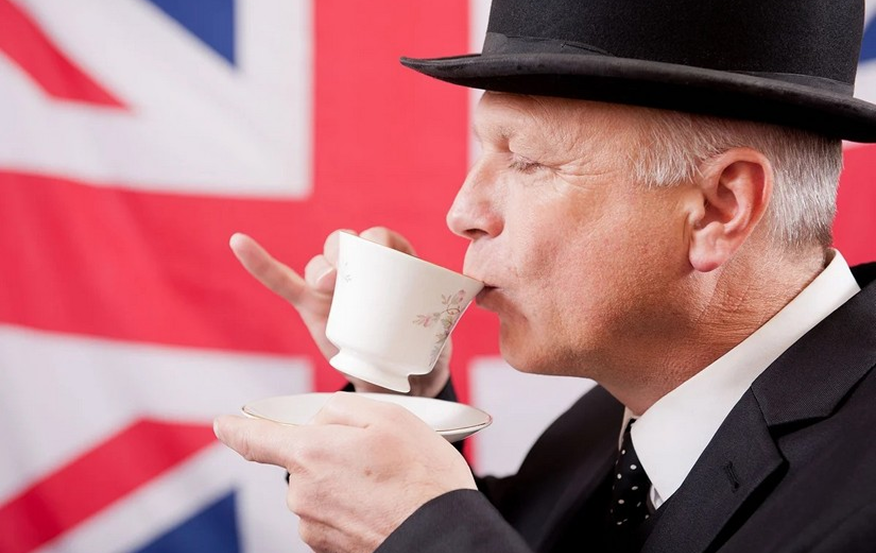Tea is more than a beverage in England—it is a cultural institution, a ritual, and a symbol of hospitality. Introduced in the 17th century, tea quickly became embedded in English life, evolving from an exotic luxury to a daily tradition enjoyed across all social classes. Understanding English tea culture involves appreciating its history, etiquette, types of tea, and the subtle rituals that surround its consumption. This cultural practice reflects both refinement and social cohesion, offering a unique insight into British identity.
Advertising
1. A Brief History of Tea in England
Tea was first introduced to England by the East India Company in the early 1600s. Initially, it was an expensive luxury enjoyed by the aristocracy, accompanied by elaborate silver teapots and porcelain cups imported from China. By the 18th century, tea had become increasingly accessible, spreading to the middle classes and becoming a staple of daily life.
The tradition of afternoon tea emerged in the early 19th century, credited to Anna, the Duchess of Bedford, who sought a light meal to stave off hunger between lunch and dinner. This practice grew into a social event, combining tea drinking with delicate snacks, conversation, and refinement. Today, afternoon tea is a celebrated tradition in England, enjoyed in private homes, hotels, and tea rooms.
2. Types of English Tea
England offers a wide variety of teas, each with its own history and significance. Black teas such as English Breakfast and Earl Grey are the most common, often blended from teas sourced from India, Sri Lanka, and Africa. English Breakfast is robust and malty, suitable for morning consumption, while Earl Grey is flavored with bergamot, providing a fragrant and slightly citrusy note.
Green and herbal teas have also gained popularity, reflecting modern health trends. Herbal blends such as chamomile, peppermint, and rooibos provide caffeine-free alternatives for afternoon or evening enjoyment. Traditional English tea, however, remains centered around black teas, served with milk, sugar, or lemon depending on personal preference and etiquette.
3. The Ritual of Afternoon Tea
Afternoon tea is more than drinking tea; it is a social and culinary experience. Traditionally served between 3:30 and 5:00 PM, it includes:
-
Tea: Properly brewed, using fresh water and steeped for the recommended time, depending on the variety.
-
Sandwiches: Small, delicate sandwiches with fillings like cucumber, smoked salmon, or egg salad.
-
Scones: Served with clotted cream and jam, scones are a quintessential part of the tradition.
-
Pastries and cakes: Miniature cakes and pastries add sweetness and variety to the experience.
Tea is poured from a teapot into fine china cups, and etiquette dictates stirring without clinking the spoon against the cup. Milk is often added first in some households, a tradition that historically prevented delicate porcelain from cracking. Conversation, leisure, and politeness are integral to the ritual, reflecting the social significance of the occasion.
4. Tea Etiquette in England
Proper etiquette enhances the enjoyment of tea and demonstrates respect for tradition:
-
Serving tea: Always offer tea to guests, allowing them to choose milk, sugar, or lemon.
-
Pouring tea: Hold the teapot handle with one hand and the lid with the other to prevent spills.
-
Drinking tea: Sip slowly; avoid slurping or drinking too quickly.
-
Stirring: Stir gently without clinking the spoon against the cup.
-
Conversation: Engage politely, as tea time has historically been a moment for calm and refined dialogue.
